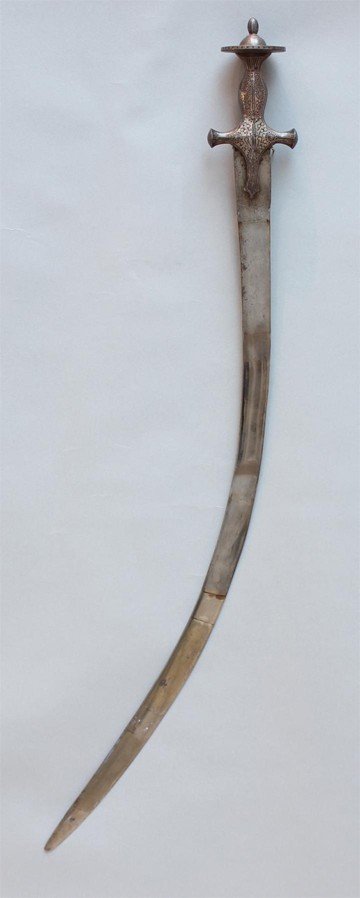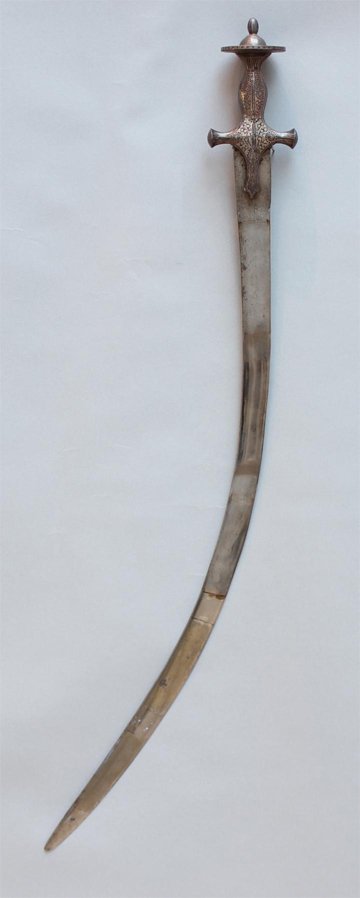Literature
Secrets behind historic Indian sword revealed

A team of British and Italian scientists have unearthed the master craftsmanship behind an ancient Indian sword.
The
researchers studied a curved single-edged sword called shamsheer which
was probably used in battles. The 75-centimeter-long sword from the
Wallace Collection in London was made in India in the late 18th or early
19th century.
The researchers determined that the design of the
sword is of Persian origin, from where it spread across Asia and
eventually gave rise to a family of similar weapons called scimitars
being forged in various Southeast Asian countries.
It was
established that the steel used is quite pure. Its high carbon content
of at least one percent shows it is made of wootz steel.
This
type of crucible steel was historically used in India and Central Asia
to make high-quality swords and other prestige objects, the study led by
Eliza Barzagli from the University of Florence in Italy, noted.
Its band-like pattern is caused when a mixture of iron and carbon crystalises into cementite.
This
forms when craftsmen allow cast pieces of metal (called ingots) to cool
down very slowly, before being forged carefully at low temperatures.
The craftsman of this particular sword allowed the blade to cool in the air, rather than plunging it into a liquid of some sort.
Craftsmen often enhanced the characteristic "watered silk" pattern of wootz steel by doing micro-etching on the surface.
Through
overcleaning some of these original 'watered' surfaces have since been
obscured, or removed entirely, Barzagli explained.
Two different
approaches were used to examine the shamsheer: the classical one
(metallography) and a non-destructive technique (neutron diffraction).
The study was published in the journal Applied Physics A - Materials Science & Processing.




































